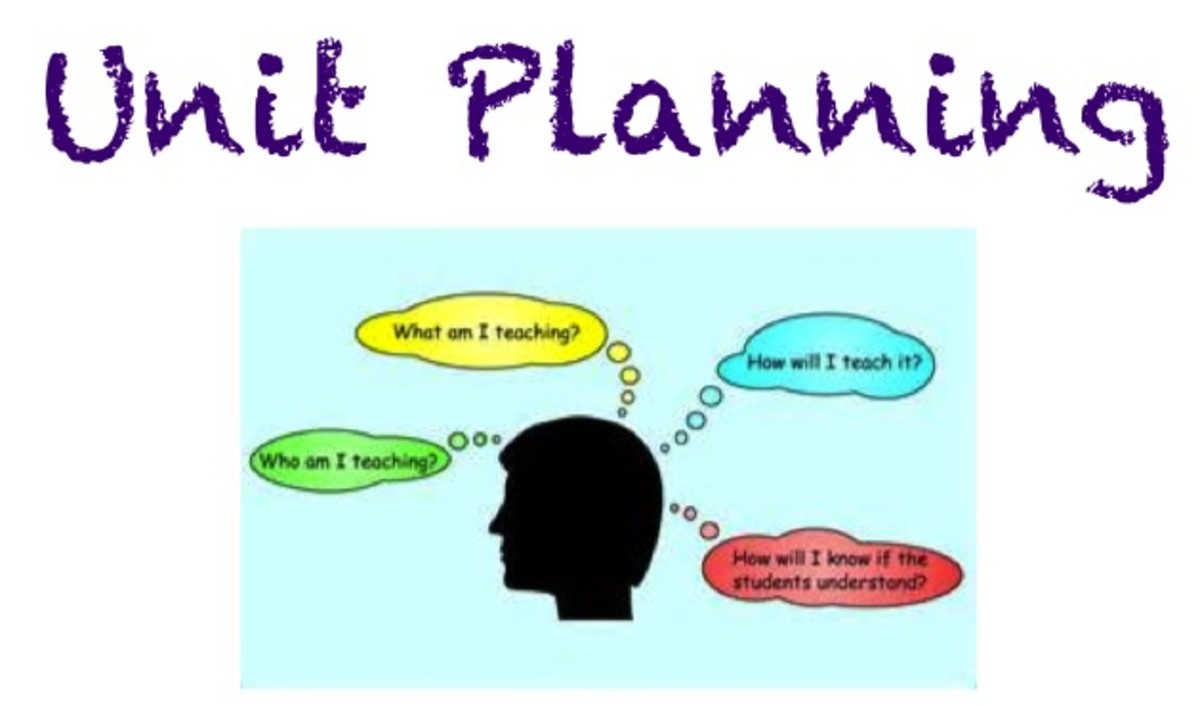Teaching Religion Effectively

Being An Effective Teacher
"And say, How have I hated instruction, and my heart despised reproof; and have not obeyed the voice of my teachers, nor inclined mine ear to them that instructed me!” Proverbs 5:12, 13
These are the words of the wisest man that ever lived. King Solomon discussed the negative reaction toward instruction and not listening to the words of teachers. Indeed it is true what the philosophers said about teaching being a “noble art.” Anyone who desires to instruct will take upon his/her shoulders a great responsibility.
The ability to transfer information from scripture to learner takes time, patience, and the ability to work well with others. Sometimes this ability is recognized at an early age when you see little boys and girls explaining bits of information to their siblings and friends.
There are five key components that contribute to becoming an effective teacher. Each “key” is necessary and they are as follows:
- Lesson Straightforwardness
- Instructional Diversity
- Teacher Mission Orientation
- Commitment to Learning Progression
- Student Achievement Rate
Each of these keys will be explained in the following sections. Your instructor is a Master Teacher and will guide you through this exciting adventure. There will be three scenarios at the end of this article to ascertain your level of comprehension. You should understand that learning these keys will unlock the door to a greater knowledge of your role as a teacher. Enjoy your journey and let’s use our keys!

Lesson Straightforwardness
This key component refers to how clear a presentation is to the class as indicated in the following examples:
Effective Teachers
- Make their points understandable
- Explain concepts clearly so their students are able to follow in a logical step-by-step order
- Have an oral delivery that is clear, audible, and free of distracting mannerisms
Less Effective Teachers
- Use vague, ambiguous, or indefinite language: “might probably be,” “tends to suggest,” “could possibly happen.”
- Use overly complicated sentences, such as “There are many important reasons for the start of the Protestant Movement but some are more important than others, so let’s start with those that are thought to be important but really aren’t.”
- Give directions that often result in student requests for clarification.
Being vivacious as an effective instructor …
1. Informs learners of the lesson objective (according to the lesson outline)
2. Provides learners with an advance planner (places lesson in perspective of past and/or future lessons.)
3. Insures all information (handouts, etc.) is relevant before commencing the lesson.
4. Gives instructions unhurriedly and distinctively (repeats instructions when needed or divides them into smaller portions).
5. Knows ability levels and teaches at or slightly above learners’ current level of functioning (knows learners’ attention spans).
6. Uses examples, illustrations, and demonstrations to explain and clarify (e.g., uses visuals to help interpret and reinforce main points
7. Provides review or summary at the conclusion of each lesson.

Instructional Diversity
This key component refers to the flexibility of delivery during the presentation of a lesson. One of the most effective ways of creating variability during instruction is to ask questions. Another aspect of variety in instructing is perhaps the most obvious: the use of learning materials, equipment, displays, and space in your classroom.
An effective instructor using diversity …
1. Uses attention-gaining methods (commences with a challenging question, visual, or example.
2. Shows enthusiasm and animation through disparity in eye contact, voice, and gestures (deviations in pitch and volume, moves about during changes to new activity)
3. Varies approach of presentation, (e.g. lectures, asks questions, then provides for self-regulating practice)
4. Uses a combination of rewards and reinforcers (verbal praise, tokens, etc.)
5. Integrates student ideas or participation in some aspects of the instruction (uses indirect instruction)
6. Varies types of questions and investigations (to clarify, to solicit, or to direct conversation)

Teacher Mission Orientation
Teacher mission orientation is a key component that denotes how much classroom time the teacher dedicates to the task of teaching a religious subject. The more time devoted to the task of teaching a specific topic, the greater the chance students have to learn.
Some mission-related questions a teacher must answer are
- How much time do I devote to lecturing, asking questions, and encouraging students to query or reflect independently?
- How much time do I employ in organizing my lesson and preparing my students for the learning experience?
- How much time do I use considering my learners’ performance?
Being an effective Mission Oriented Instructor …
1. Cultivates lesson plans that reflect the most pertinent features of the adopted text (Don’t just rely on the commentaries to assist you, be creative)
2. Handles administrative and clerical disturbances efficiently (visitors, late students, announcements, collection of money, dispensing of materials and supplies) by anticipating and pre-organizing some tasks.
3. Halts or averts misbehavior with a minimum of class disruption (has pre-established rules to handle intrusions into instructional time).
4. Chooses the most appropriate instructional model for the objectives being taught (primarily uses direct instruction for knowledge and comprehensive objectives and indirect instruction for inquiry and problem-solving objectives).
5. Builds to lesson outcomes with clearly definable events (e.g. weekly and monthly review, feedback, and test sessions).

Commitment to Learning
Commitment to Learning Progression is a key component that refers to the amount of time students dedicate to learning a religious subject. The following suggestions are for teachers to promote student engagement:
- Set rules that allow your students freedom of movement without disrupting the lesson (bathroom breaks and other personal needs)
- Be mobile whenever possible to monitor students’ attention and understanding (this is especially important with younger students)
- Ensure that the students have a good understanding of what the lesson is saying and can apply that understanding to real life situations
- Minimize time-consuming activities such as having many students read over the lesson. As a teacher, you should encourage your students to read prior to coming to class. Make your phone number available in case they have a question prior to class time. If necessary, chose one person to read the entire lesson—two students maximum. You need more time for in-depth teaching and feedback.
- Make abundant use of resources and activities that are at a student’s current level of understanding.
- Avoid timing errors! Teachers, realize that you have a limited time for lesson study. When the end of the class period is near, use a wrap-up procedure.
- Maintain control! Act to prevent misbehaviors from occurring or increasing in severity so that they do not influence others in the class (this is especially important when you have younger students!)

Commitment to Learning Progression …
1. Makes younger students aware of the appropriate behavior in the class and correct improper behavior instantaneously.
2. Provides opportunities for feedback in a positive non-threatening way
3. Incorporates individual and group activities (e.g. how do you think this scripture relates to your everyday life?)
4. Uses meaningful verbal praise to get and keep students actively participating in the learning process
5. Monitors the behavior of younger students and discourage them from having discussions that are not related to the lesson.

Student Achievement Rate
The last key component, student achievement rate refers to the rate at which students understand the lesson and are able to apply it to real-life situations.
The achievement rate is divided into three categories. Knowing these categories can be vital in your quest of becoming an effective instructor. The three categories are:
- High Success: The student understands the lesson completely and can apply it without problem to real-life situations
- Moderate Success: The student has partial understanding of the lesson but needs assistance in applying it to real-life situations.
- Low Success: The student does not understand the lesson at all.
Final Word
After applying this more effective method of instruction; you should become more confident that you can manage your teaching assignments and deal with a variety of behavior problems (if they arise.)
Now you have the fundament tools needed to begin your journey to becoming a most effective teacher, let’s apply what you’ve have learned.

Let's see what you've learned ...
Scenario 1
Bill has been teaching the Men’s Enrichment Class for eight years. Every Sunday afternoon he comes into his classroom with several sheets of paper and begins each class with a lecture of 30 to 45 minutes. Then he asks if there are any questions. Some of the men in his class have come to you with complaints that his lessons are boring and that half of the information he presents to the class is meaningless in everyday life. You, as the Director of Christian Education have the task of explaining to Bill that he is very ineffective as a teacher because of his teaching approach. How will you do this?
Scenario 2
You are acting as substitute teacher for Bill’s Men Enrichment Class while Bill takes the Effective Teaching Methods training. Since you already have previous knowledge regarding Bill’s students and what they expect in a class, how will you handle this assignment?
Scenario 3
You have a student in your Bible Study Class that has a hard time understanding the lesson. You are not sure whether she has previously studied it and whether there are personal issues at home that would affect the student’s ability to study. After Bible Study, you call Marjorie (the student having the comprehension problem) to the side to find out what is going on. How will you handle this effectively (use everything you have learned thus far.)
© 2013 Jacqueline Williamson BBA MPA MS








